VanMoof S3 review: believe the hype


VanMoof launched its latest e-bike last month, the Electrified S3. It features the same Dutch design as the S2, but there's a new gear system, new app features, and a new lower price tag! I've been riding the VanMoof S3 for a week, and can tell you this is still the slickest city cruiser on the roads today.
Note: VanMoof notified customers in July 2023 that it went officially bankrupt in the Netherlands, stopping all sales and other activities. Read the linked article to learn how to avoid getting locked out of the bike in case the company's servers go down.
How much does the VanMoof S3 cost?
The Electrified S3 I tested costs €1,998 in Europe, £1,750 in the United Kingdom, and $1,998 in the United States. The S2, for comparison, had a recommended launch price of £3,198 in the UK. So how has VanMoof managed to slash more than a grand off of the price whilst upgraded it at the same time?
The Dutch company has essentially acquired its supply chain, cutting out the middle-man, and has passed on those savings to the consumer. Almost everything on this is now proprietary, including the screws. I wouldn't say that VanMoof has gotten the price down to what you could call a bargain. We are still looking at the best part of two-thousand of your local currency, but the S3 is what I would classify as a 'premium but fair' price.
What's great about the VanMoof S3 e-bike?
I was excited about the new automatic four-gear system ahead of this launch. When I reviewed the S2 last summer, I longed for a higher third gear for longer periods of sustained straight-road cycling, so I was delighted to discover that the S3 came with four gears. They shift automatically, and electronically. The system works well, but only once you have tweaked the settings in the app (see my optimal settings below) and re-learned how to ride a bicycle. I say re-learn, because the S3's gear system works backwards, with the resistance getting lighter as you move up through the gears.
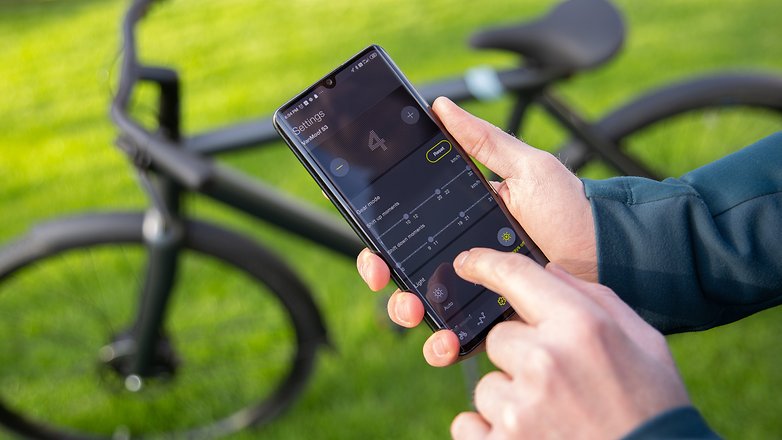
In the highest gear, when moving along at your fastest pace, there is almost no resistance in the pedals. Turning them is simply a signal to the electronic motor to tell it 'keep on going son, we're still moving here'. This feels strange at first, once you get used to the feel, it's actually kind of genius. The new gear system means the S3 requires even less exertion to zip through the city streets at 25 km/h than the S2 did, and that's something! Honestly, you could ride to work in a suit on this thing and still turn up looking as fresh as when you stepped out of your front door.
The motor itself is a 250W in Europe. In The States, you can have up to 350W. Boost torque comes in at 59Nm and there are still four assist levels in the app. The drop-off from assist level 4, the highest, to assist level 3 is quite a big jump in my opinion. Leave at level 4, you'll have more fun, trust me!
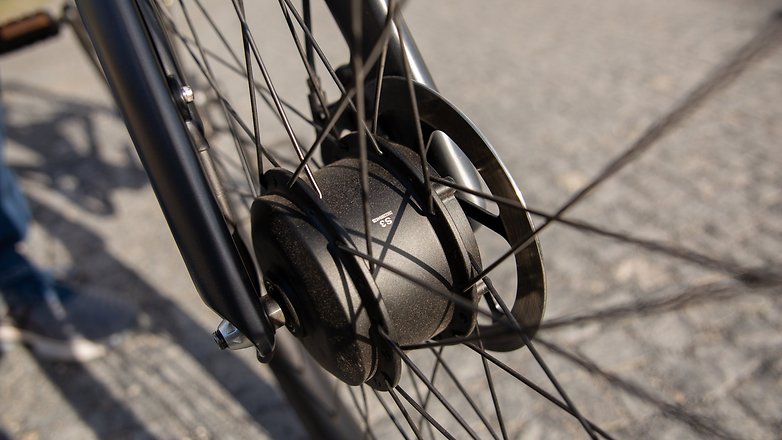
For the battery, you get a 504W cell from LG. It is removable for service, but not charging. On full power, with liberal use of the boost button, the range is around 60km. If you ride this thing more economically and adjust the settings accordingly, VanMoof says it can reach 150km before needing to be recharged. A full charge takes four hours. I rode more than 100km during my week testing the VanMoof S3 and only charged it one.
The boost button was one of my highlights of the S2 and it has gotten even better on the S3. VanMoof has revamped the Turbo Boost so that it delivers full torque at the press of a button. Press and hold the small button on the right handle to essentially put the motor into full power mode until you release it. It's perfect for pulling away at traffic lights, flattening out hills and slopes, or just giving the e-bike a little kick up the backside when the gears and motor are slow to react to the road. It's incredibly addictive.
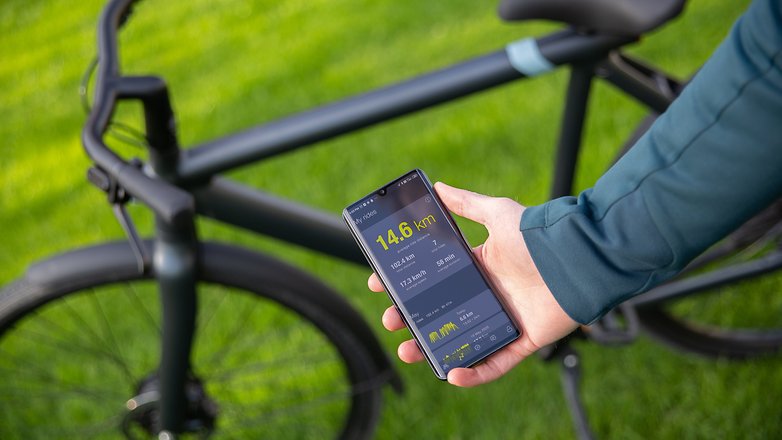
There is also now a new ride tracking section in the VanMoof app for smartphones. This seemed like a logical inclusion given the bike was already cable of location tracking for security. The interface is nice and the tracking worked pretty well during my testing. You also get this feature on your S2 as an app update.
Also new are hydraulic brakes that have been integrated into the frame. This is the first bike on the market with a fully integrated handlebar and brake assembly. Despite looking super clean and minimalistic, the brakes provide powerful stopping power.

What's not so great about the VanMoof S3 e-bike?
Despite the new gear system growing on me to the point where I really enjoyed the lighter load on the pedals, there is a problem with the system. The low resistance high gears, combined with the fact that the VanMoof S3 is capped at 25 km/h, means it is extremely difficult to ride faster than this even with your own muscle power. Once you hit the speed limit, you can spin the pedals as fast as you want, but you won't really go any faster. The only way to really negate this is to turn down the power in the app, and then let your legs do all the work, but that is a hassle.
Both the S2 and S3 suffer from not having a top gear that can handle long, straight roads where you might want to cycle faster than 25 km/h. But it is decisions like this that show VanMoof's absolute commitment to the target market. A VanMoof owner does not pedal like a maniac, working up a sweat, he cruises along at 25 km/h, smoking a cigarette and watching the city effortlessly pass by him.
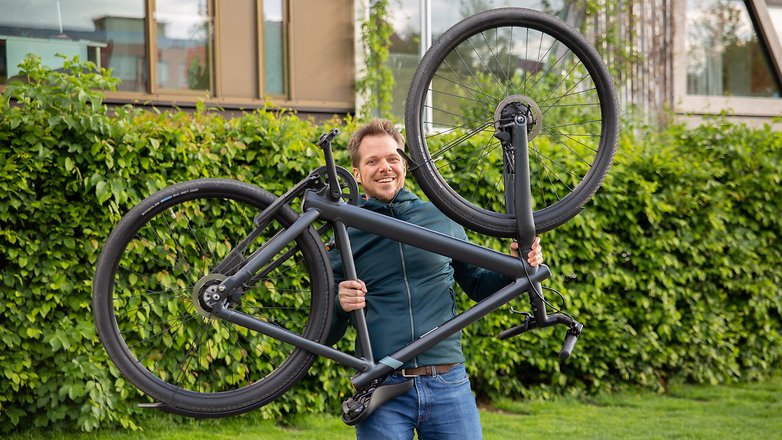
Another issue I have with the S3 is also the result of that commitment to design and style that I was just talking about. The S3 has no removable battery, so to charge it, you have to connect a charger from a port on the frame to the socket directly. Not such a huge issue if you have an outlet in your garage, but as we've just established, the S3 is for city dwellers. Charging the S3 at home meant, for me, carrying it up two flights of stairs and leaving it in the hallway of my modestly sized apartment - far from ideal. The tradeoff is that you don't have to compromise the design with an ugly battery pack stuck to the outside of the frame.
The Matrix Display made up of 166 LEDs is still a cool feature, and I love having the speed right there between my knees as I ride, but it is essentially unreadable in direct sunlight. Still, it looks cool at night!
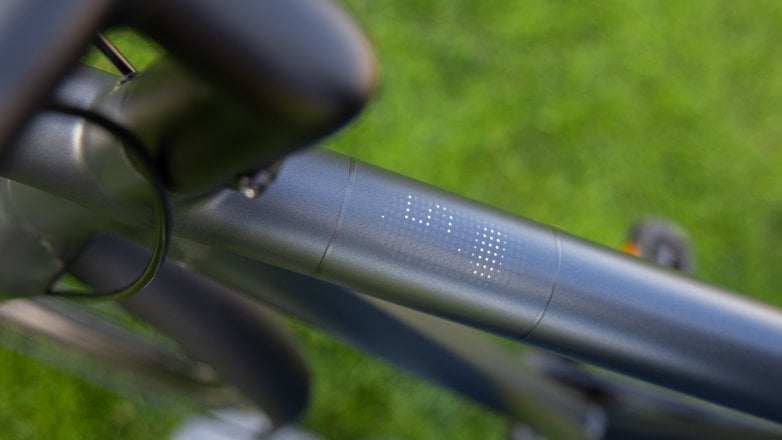
Finally, there don't seem to have been many notable upgrades in terms of security between the S2 and the S3. You still get GSM and Bluetooth for locating the e-bike and VanMoof still employs bike hunters to track down your wheels if they get knicked. However, VanMoof has released some interesting statistics for the launch of the S3. According to the manufacturer, an average of 12 VanMoof bikes get stolen every month, and 70 percent of them are recovered within 14 days (the other 30 percent are replaced). VanMoof says its bike hunters have tracked thieves from Morocco to Ukraine. A total of 1,570 VanMoof bikes have been returned to owners at the time of writing.
Should you buy the VanMoof S3 e-bike?
I am not going to sit here and pretend that $1,998 is now a bargain price for a bicycle. The VanMoof is still a luxury item. A fashion statement as much as an urban mobility solution. But all things considered, if I was going to buy a new e-bike with two grand of my own cash, this is absolutely the one I would buy.
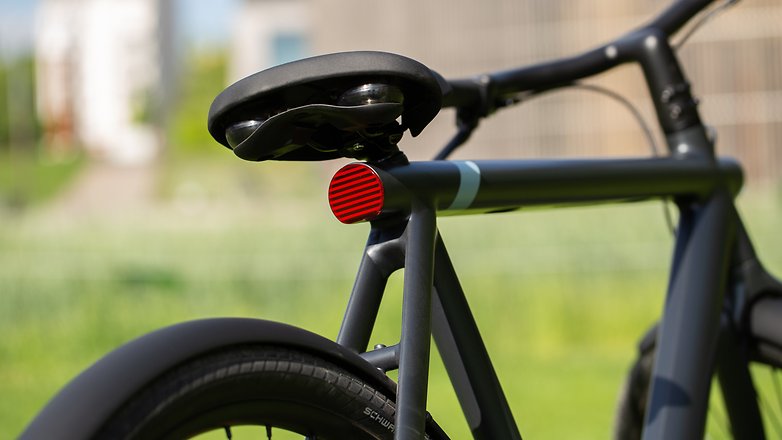
The charging solution is not ideal, but I think the negative sides of having to bring your bike inside your apartment are somewhat offset by the fact that a lot of people do this anyway. Sure, there is the theft tracking, but who is leaving their two-thousand-quid bicycle outside or in even a courtyard overnight? Braver people than me.
VanMoof has improved several aspects of its slick city e-bike and brought the price down in the process. For that alone, the Electrified S3 is a huge step forward for the brand and a big win for the company. The bottom line here is that the S3 is probably the coolest looking and most fun to ride e-bikes I have ever tried.








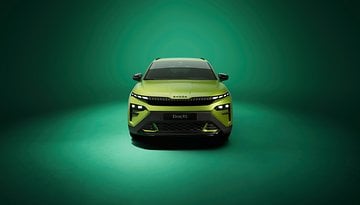

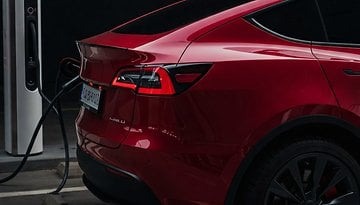









There are many of us who do not - cannot - bring in our bikes. This is also a problem if this is used to commute, and your destination does not allow a bike inside, like many office buildings and stores. This means, for us, this bike's non-removable battery is a deal killer. And that's too bad, too. Really nice, otherwise.
I understand your point. But you don't need to charge it quite often - say 1 per week. It's not like you do +50kms a day, do you? That is my way of thinking. Planning to push the button to acquire this one. Cowboy is an alternative. Angell sounds also good, little more expensive though.
For my circumstance, it's a couple of things. I don't know when I'll be needing to go someplace I hadn't planned on, so not having an option to grab the battery and take it into an office or coffee shop to allow me to get back home could be a significant issue. And, when at home, I can't bring the bike up (urban high rise) so I can only plug it in the bike park area, which takes a bit of planning. If I decide to take a longer trip outside city limits with it, too, it's easy to stow a second battery. If that range is not an issue, and you can haul it in and out of your place, the rest of the package is really nice.
I keep coming back to the Priority Embark, which has some great specs, would have less maintenance, but isn't quite as sleek. For my use case, I'd much rather not get stuck somewhere because I like the way the bike looks better. If a person could wait, they could get a demo unit from them (and other manufacturers) for about $1K less. A couple others seem like good options, like the Ride1Up 500 and the Aventon 500. Much cheaper, fast, removable batteries, etc. Definitely not works of visual art, though. There's a kind of a knockoff to this bike called the Wing Freedom. Very similar in design, cheaper, removable battery, but the design details are different and not as coherent. I'm seeing so many updates from these companies, I'm just waiting until the dust settles!
These range and charging access issues are parallel to the arguments for electric cars. This is why Teslas sell so well. Even though a range of 150-200 miles sounds like it's fine for urban work, the anxiety connected with having to work around these issues is simply not worth it. 250-300 miles gives peace of mind, even if a commute is only 20 miles both ways, and so does the ability to plug in close to wherever you might be going.